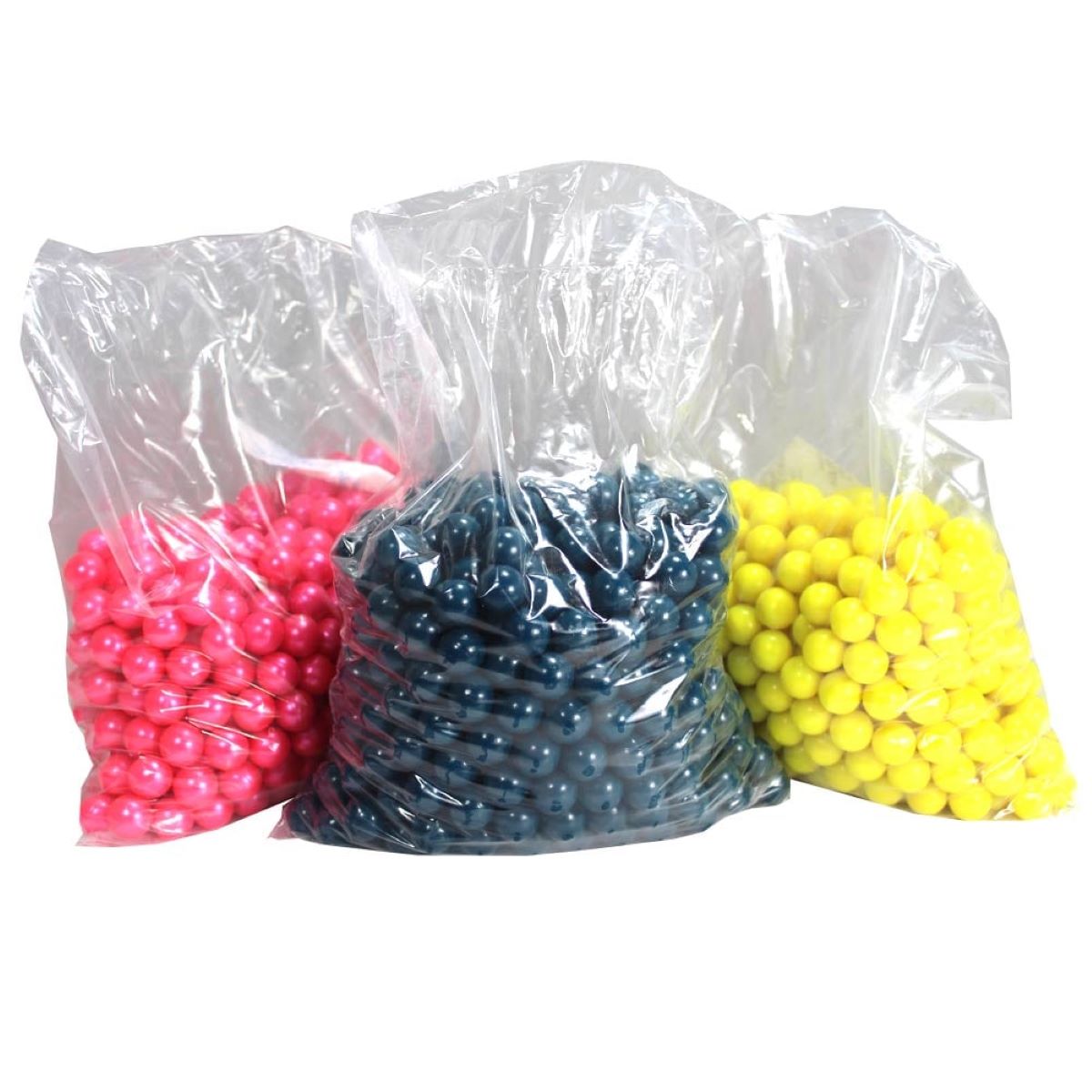

Articles
How To Store Paintballs
Modified: December 7, 2023
Looking for articles on how to store paintballs? Find all the tips and tricks you need to keep your paintballs fresh and ready for your next game!
(Many of the links in this article redirect to a specific reviewed product. Your purchase of these products through affiliate links helps to generate commission for Storables.com, at no extra cost. Learn more)
Introduction
Welcome to the world of paintball! Whether you’re a seasoned player or just starting out, proper paintball storage is essential to ensure that your paintballs stay fresh and ready for action. Paintballs are delicate and can easily become damaged or deteriorate if not stored correctly. In this article, we’ll explore the steps you need to take to store your paintballs properly.
Proper paintball storage not only extends the lifespan of your paintballs but also ensures consistent accuracy and performance during gameplay. By following these guidelines, you can avoid common issues such as paintball breakage, deformation, and diminished accuracy. Let’s get started!
Key Takeaways:
- Proper paintball storage is crucial for maintaining freshness, accuracy, and performance. Use airtight containers, avoid extreme temperatures, and protect from sunlight to ensure optimal paintball quality.
- Safely handle, transport, and inspect paintballs to prevent damage and ensure reliability during gameplay. Securely seal containers to maintain freshness and prioritize older paintballs for use.
Read more: How To Use Paintball Gun For Home Defense
Step 1: Proper Paintball Storage Containers
Choosing the right storage container for your paintballs is crucial. The container should be airtight and durable to keep out moisture and protect the paintballs from impacts. It’s recommended to use plastic containers with secure lids, such as Tupperware or paintball-specific containers.
When selecting a container, ensure that it’s large enough to hold all your paintballs without overcrowding them. Overcrowding can lead to deformation or breakage, affecting the integrity of the paintballs. Consider using multiple containers if necessary.
If you opt for paintball-specific containers, they often come with foam inserts that help cushion and separate the paintballs, minimizing the risk of damage during transportation or storage. These foam inserts also allow for better organization and easier access to your paintballs.
Label your containers with the date of purchase or expiration to keep track of the paintballs’ age. Paintballs have a shelf life, and it’s important not to use expired ones as they may not perform as intended.
Once you have the appropriate storage container, move on to the next step to ensure ideal temperature and humidity conditions for your paintballs.
Step 2: Temperature and Humidity Considerations
Temperature and humidity play a significant role in maintaining the quality and performance of paintballs. Both factors can affect the consistency and durability of the gelatin shell and the fill inside.
It is important to store paintballs in a cool, dry place. Extreme heat or cold can cause the gelatin to expand or contract, leading to deformation or breakage. Additionally, high temperatures can cause the fill inside the paintballs to become watery or viscous, compromising accuracy on impact.
Aim to store paintballs at a temperature range of 50 to 70 degrees Fahrenheit (10 to 21 degrees Celsius). Avoid storing them in areas subject to direct sunlight or near heat sources like radiators, heaters, or windows.
Humidity can also impact paintball quality. High humidity levels can make the gelatin shell of the paintballs softer, increasing the chances of breakage during gameplay. Conversely, low humidity levels can cause the paintballs to dry out and become brittle. Aim for a relative humidity level of around 50%. If the humidity in your storage area is consistently high or low, consider using silica gel packs or dehumidifiers to regulate the moisture levels.
By maintaining the ideal temperature and humidity conditions, you can prolong the shelf life of your paintballs and ensure optimal performance on the field.
Step 3: Protecting Paintballs from Sunlight
Sunlight can be detrimental to the quality of paintballs. UV rays can cause the gelatin shell to deteriorate, leading to a higher chance of breakage and decreased accuracy on impact. Therefore, it is essential to protect your paintballs from direct sunlight.
When storing your paintballs, choose a location that is away from windows or any other sources of direct sunlight. Sunlight can not only heat up the paintballs and affect their consistency but also fade the colors of the fill inside, making it challenging to differentiate between teams during gameplay.
If you are transporting paintballs to the playing field, use a paintball-specific bag or case that provides protection from sunlight. These bags often have padding or insulation to keep the paintballs safe and maintain their quality.
Additionally, when out on the field, keep your paintballs stored in a shaded area or use a paintball harness that shields them from direct sunlight. This will keep your paintballs in optimal condition until you’re ready to use them during a game.
By ensuring that your paintballs are not exposed to direct sunlight, you can maintain their integrity and maximize their lifespan.
Step 4: Storing Paintballs in a Cool, Dry Place
One of the key factors in maintaining the quality of paintballs is storing them in a cool and dry environment. Excessive moisture and heat can negatively impact the gelatin shell and the fill of the paintballs, leading to deformation, breakage, and diminished performance.
Choose a storage location that is cool and well-ventilated. Avoid storing your paintballs in areas with high humidity, such as basements or bathrooms. Optimal humidity levels should be around 50%. Consider using a dehumidifier if necessary.
It’s also important to keep your paintballs away from any sources of moisture, such as water pipes, sinks, or leaky ceilings. Even a small amount of water can quickly ruin a batch of paintballs, making them sticky or causing them to swell and become unusable.
In addition to moisture, extreme temperatures can also be detrimental to paintball storage. Avoid storing them in areas that are subject to frequent temperature fluctuations, such as attics, garages, or car trunks.
By storing your paintballs in a cool and dry place, you’ll help maintain their shape, consistency, and performance, ensuring they’re ready for action when you need them.
Store paintballs in a cool, dry place away from direct sunlight and extreme temperatures. Keep them in their original sealed containers to prevent them from drying out or becoming misshapen.
Read more: How To Store Store-Bought Bread
Step 5: Avoiding Extreme Temperatures
Extreme temperatures can have a significant impact on the quality and performance of paintballs. Both excessive heat and cold can cause the gelatin shell to expand or contract, leading to deformation or breakage.
It’s crucial to store your paintballs in an environment with a consistent temperature. Avoid storing them in areas that are prone to extreme heat, such as near radiators, heaters, or direct sunlight. Likewise, do not store them in places that are subject to extreme cold, such as garages or unheated storage units.
If you plan to transport your paintballs to a game or event, avoid leaving them in a vehicle for an extended period, especially on hot or cold days. Rapid temperature changes can cause the paintballs to expand or contract, resulting in breakage or reduced performance.
When playing outdoors in extreme weather conditions, it’s essential to keep your paintballs protected. Consider using insulated paintball pods or pouches to help maintain a stable temperature during gameplay. These accessories will help prevent the paintballs from getting too hot or too cold, ensuring consistent performance.
By avoiding extreme temperatures and taking precautions during transport and gameplay, you can keep your paintballs intact and ready for a successful game.
Step 6: Handling and Transporting Paintballs Safely
Proper handling and transportation of paintballs are essential to prevent damage and maintain their quality. Follow these guidelines to ensure safe handling:
- When handling paintballs, avoid squeezing or applying excessive pressure. Excessive force can cause deformation, leading to breakage during gameplay.
- Use clean hands when handling paintballs. Oils, dirt, or debris on your hands can transfer onto the paintballs and affect their performance.
- Avoid dropping the paintballs or subjecting them to rough impacts. Dropping paintballs can cause them to deform or even break, rendering them unusable.
- During transportation, use a padded paintball bag or case to protect the paintballs. These bags are designed to cushion the paintballs and prevent them from getting damaged or crushed.
- Avoid storing other heavy items on top of the paintball container. Excessive pressure can cause the paintballs to flatten or break. Keep the container in a secure and stable position.
By handling and transporting your paintballs with care, you can minimize the risk of damage and ensure that they are in optimal condition for gameplay.
Step 7: Checking for Damage or Deformation
Regularly inspecting your paintballs for damage or deformation is crucial to ensure their performance on the field. Here’s how to check for any issues:
- Visually examine each paintball before use. Look for any visible signs of damage, such as cracks, dents, or splits in the gelatin shell. If you spot any damaged paintballs, set them aside and do not use them during gameplay.
- Gently roll each paintball between your fingers to feel for any abnormalities or flat spots. Deformed paintballs may not perform accurately when fired and can lead to inconsistent shots.
- If you notice any significant deformations or irregularities, discard those paintballs immediately. Using damaged or deformed paintballs can result in barrel breaks, jamming, or erratic flight paths.
- Inspect the fill inside the paintballs as well. Check for any leakages, excessive moisture, or clumping of the fill. Paintballs with compromised fills may not burst upon impact or may leave inconsistent marks on targets.
Regularly checking your paintballs for damage or deformation will help ensure that you’re using only high-quality and reliable ammunition during gameplay.
Step 8: Properly Sealing Containers
Properly sealing the containers that hold your paintballs is essential to maintain their freshness and protect them from external elements. Here’s how to ensure your containers are securely sealed:
- Ensure that the lid or closure mechanism of your paintball storage container is tight and secure. This helps create an airtight seal that prevents moisture and air from entering the container.
- If using containers with screw-on lids, make sure to tighten them fully to ensure a secure seal. Partially tightened lids can allow air and humidity to enter, which can affect the quality of the paintballs.
- If your containers have gasket seals or rubber O-rings, inspect them regularly for wear or damage. Replace any worn or damaged seals to maintain an effective seal.
- Consider using additional sealant methods for added protection. For example, you can place plastic wrap or aluminum foil over the opening of the container before securing the lid to create an extra barrier against air and moisture.
- Label the containers with the date of purchase or expiration to keep track of the paintballs’ age. This will help you prioritize older paintballs and use them before newer ones.
By properly sealing your containers, you can maintain the freshness, integrity, and performance of your paintballs, ensuring they’re ready for your next game.
Read more: How To Store Basil From Grocery Store
Conclusion
Properly storing your paintballs is critical to ensuring their longevity, performance, and accuracy on the field. By following the steps outlined in this article, you can maintain the quality of your paintballs and avoid common issues such as breakage, deformation, and diminished performance.
Remember to store your paintballs in airtight containers, selecting ones that are durable and offer cushioning to prevent damage during transportation. Consider the temperature and humidity conditions in your storage area, avoiding extreme temperatures and excessive moisture.
Protect your paintballs from direct sunlight, as UV rays can deteriorate the gelatin shell and compromise accuracy during gameplay. Handle and transport your paintballs safely, avoiding rough impacts and ensuring clean hands to prevent any unwanted contaminants.
Regularly inspect your paintballs for damage or deformation, discarding any that show signs of compromise. Finally, properly seal your containers to maintain freshness and prevent environmental factors from affecting the quality of your paintballs.
By following these guidelines, you can ensure that your paintballs are always in optimal condition, ready to deliver precision shots and enhance your overall paintball experience. So, take care of your paintballs, and get ready for some thrilling and successful games!
Frequently Asked Questions about How To Store Paintballs
Was this page helpful?
At Storables.com, we guarantee accurate and reliable information. Our content, validated by Expert Board Contributors, is crafted following stringent Editorial Policies. We're committed to providing you with well-researched, expert-backed insights for all your informational needs.



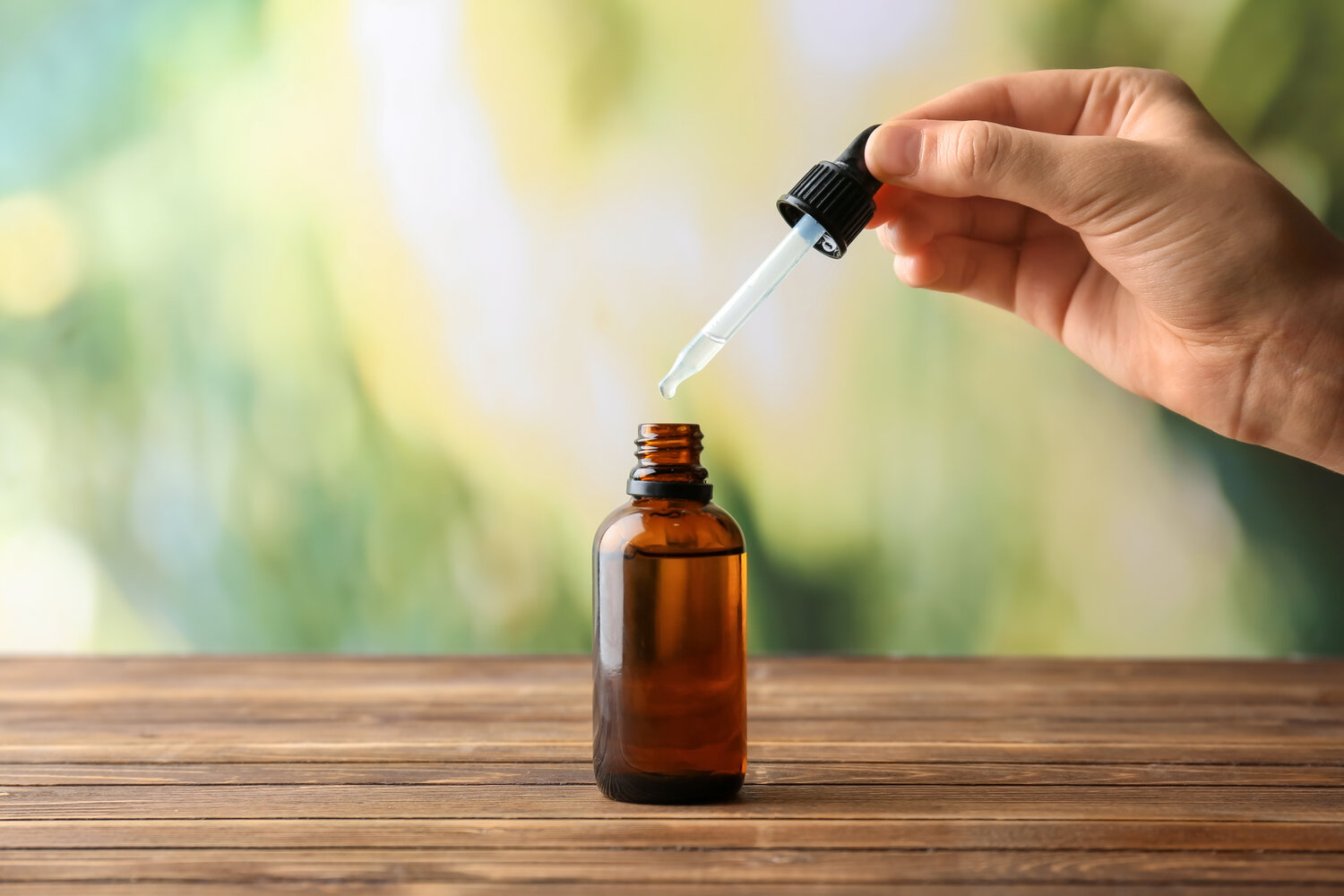
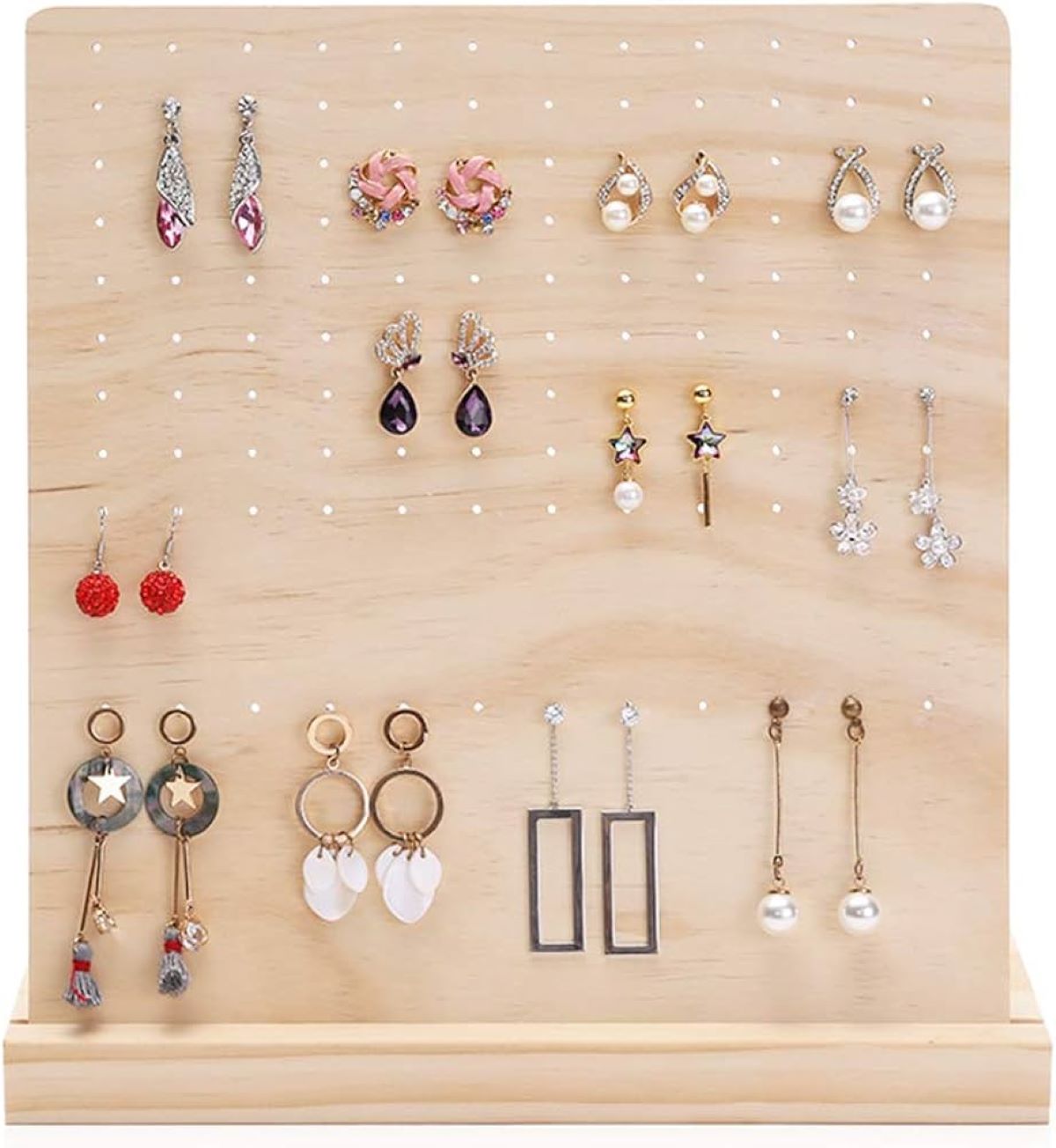
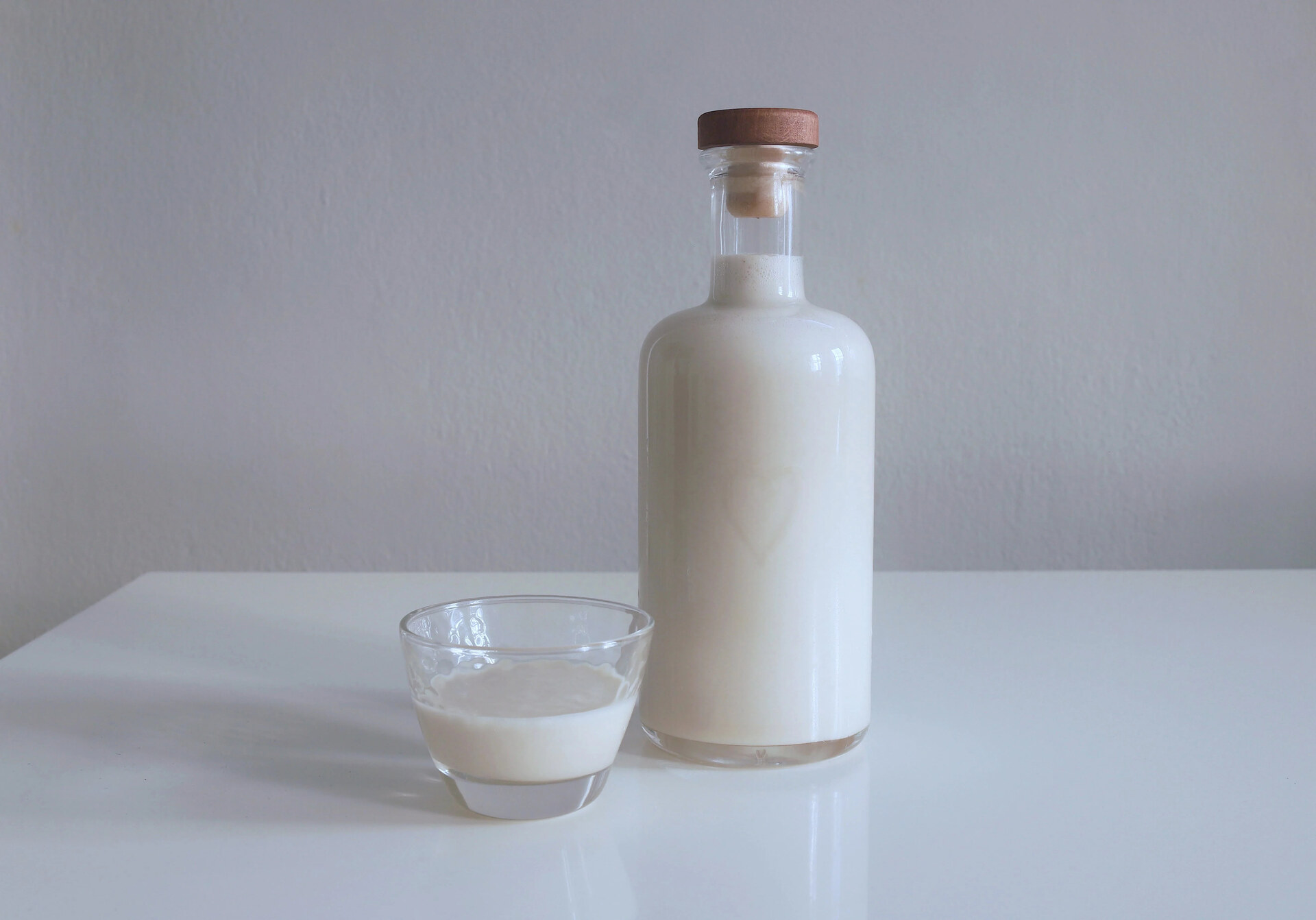
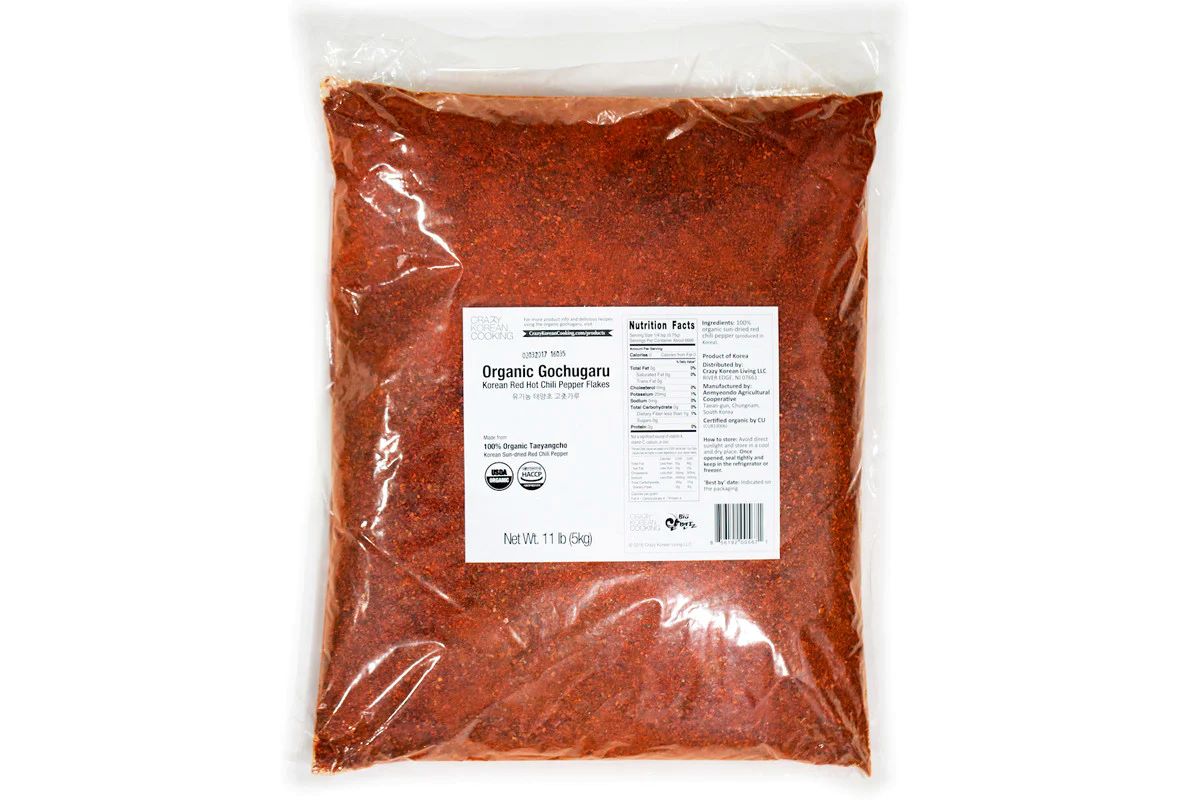

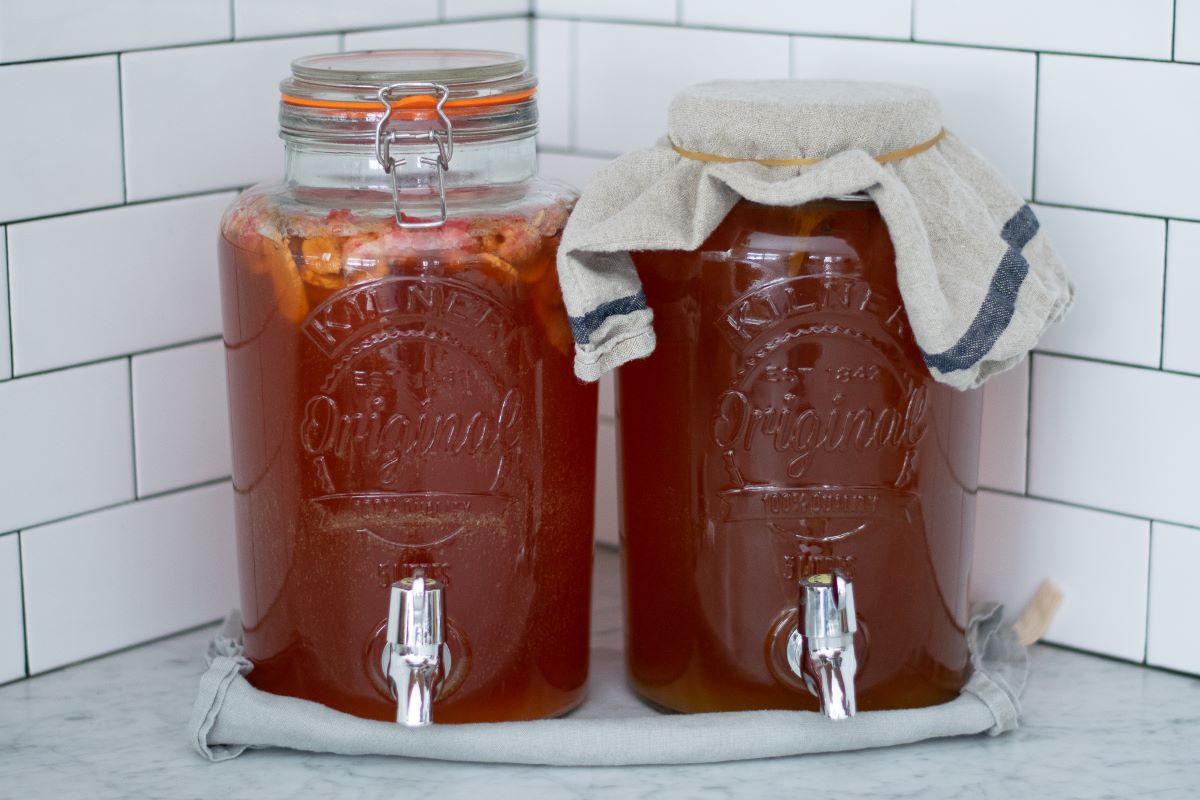
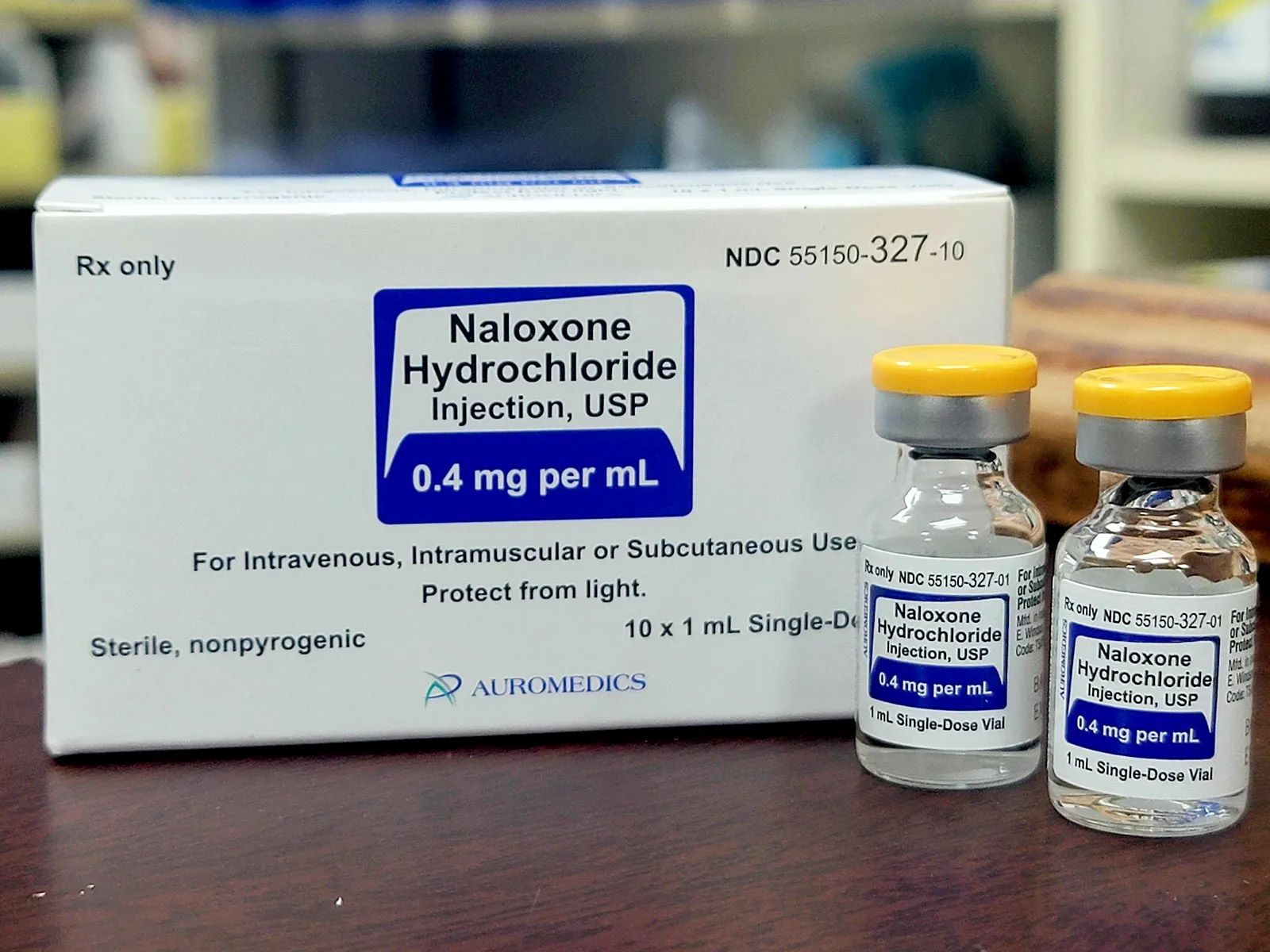
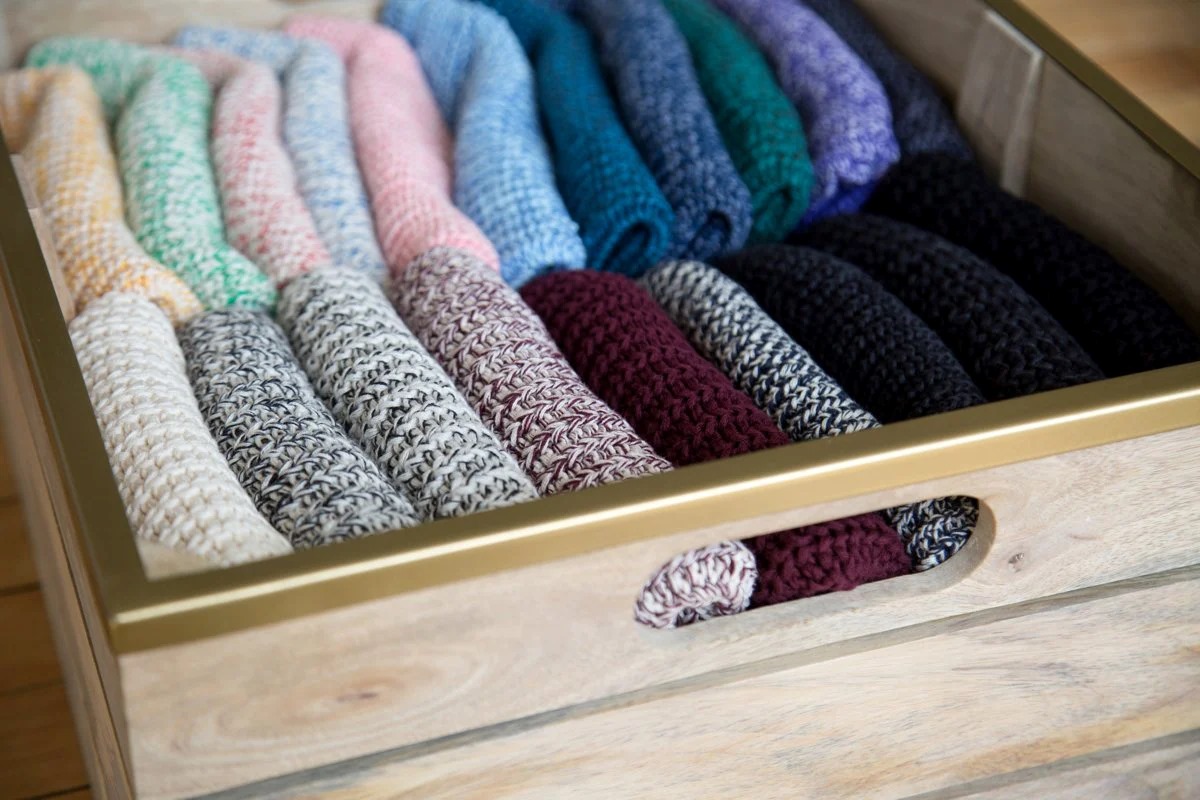

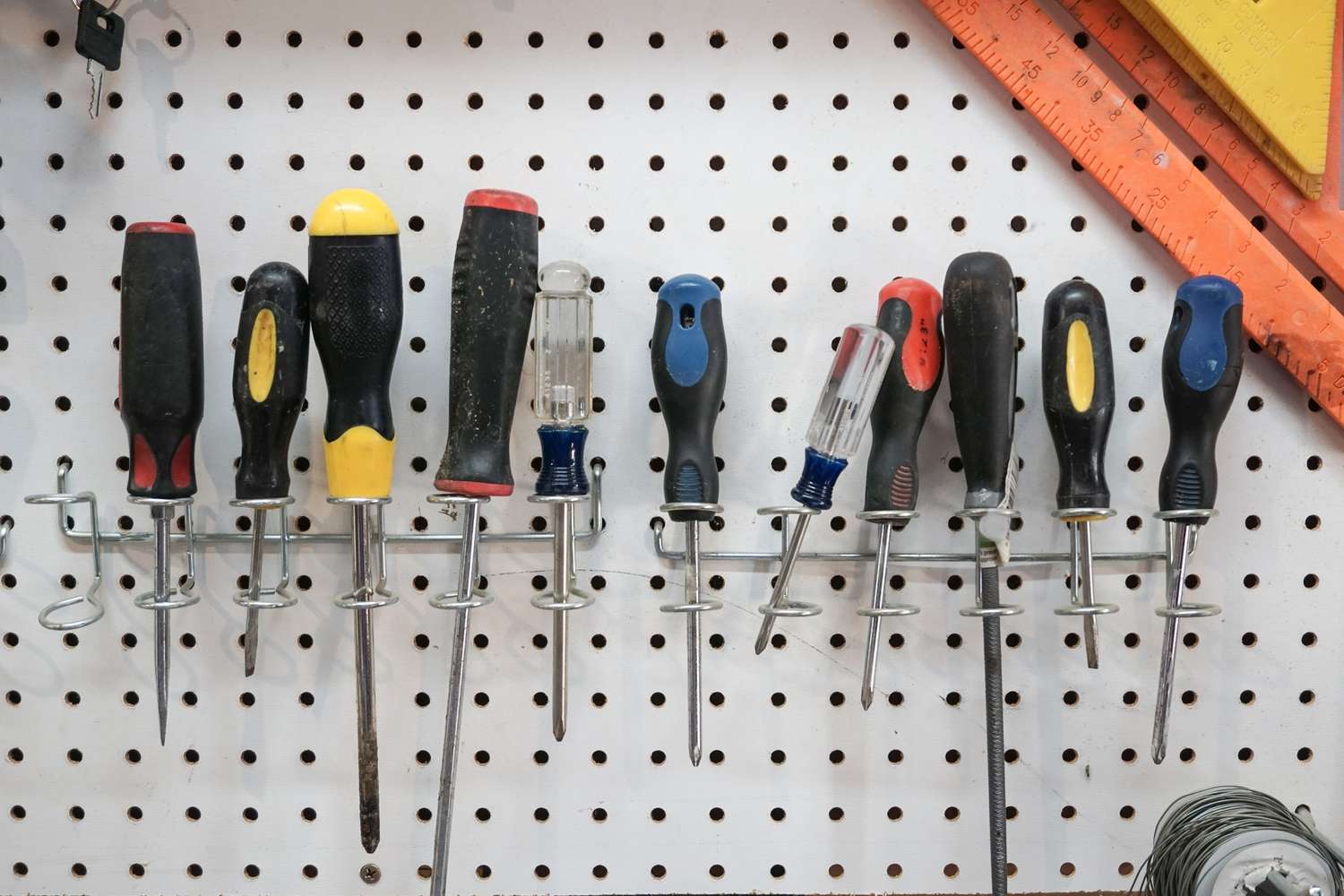

0 thoughts on “How To Store Paintballs”